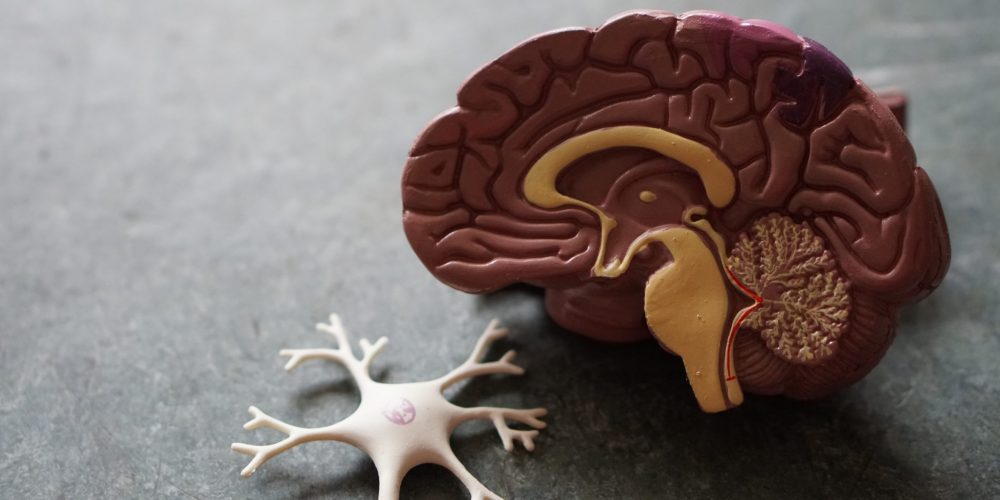What does ‘neurorehabilitation’ mean?
Neurorehabilitation is the process of enabling a person who has sustained a brain injury [BI] to resume their normal life and/or to develop their lifestyle in ways which make it fulfilling and rewarding. It is essentially a collaborative problem-solving process in which the person with the BI works with professionals, family members, friends, employers, and others to optimise their overall functioning and quality of life.
The aims include restoring normal function where possible, and finding solutions to any difficulties: this is sometimes called ‘compensation’, ‘adjustment’, or ‘adaptation’.
Some important points include these:
- The person is always at the centre of their neurorehab and plays a pivotal role in deciding what the priorities are – it has to be guided by his/her physical and psychological wellbeing and motivation.
- Strong relationships are often the bedrock of the person’s recovery and quality of life. Important people in their life, including family members and friends or colleagues, play key roles in successful neurorehab by helping to define problems and priorities and by providing essential support. They may also need help themselves because of the ways the brain injury has affected their own life and wellbeing. Effective neurorehabilitation programmes look at all these issues ‘in the round’
- The best solutions are those which involve collaboration and good communication, which value the skills and resources which each person is able to bring, and which understand and actively address the difficulties that arise for everyone involved.
- Rehabilitation is not a finite or ‘one off’ process that has to take place at a particular time. Research has shown that people can make very significant gains and improvements even many years after they sustained their injury. For anyone, life circumstances, problems, and opportunities are in constant flux, and it is a good idea to reassess needs and opportunities periodically so that another phase of rehabilitation can be initiated if appropriate.
So what does a neurorehabilitation programme look like?
There is not a single answer to this, because neurorehabilitation has to be tailored to each individual case. Why? Well, the brain controls every aspect of our physical and mental functioning, and so depending on the location and extent of the damage it can produce a myriad of consequences. But the brain is also amazingly resilient: very often the effects are subtle and/or recover quickly as injuries heal or the brain adapts its functioning to find new ways of doing things.
Sometimes, unfortunately, the effects are more severe or wide-ranging. Although the brain almost always recovers to some extent over the course of a couple of years (maybe even longer), the person may still be left with difficulties affecting one or more aspects of their functioning – their physical abilities, their sensory skills, their speech and understanding, their thinking and memory, their behaviour, and their emotional wellbeing. Some people also develop medical problems such as epilepsy, which can make day to day life unpredictable and worrying.
Relationships can be put under strain, which can be another source of practical difficulty as well as emotional distress for all concerned. Many people experience high levels of fatigue which limit what they feel able to do and which can also be associated with low mood.
The impact of the brain injury on the person’s day to day life depends on all sorts of factors, including for instance:
- the nature and severity of their impairments. Even impairments which might seem quite minor can have a significant impact on what a person is able to do, how it affects their relationships with other people, and how they feel.
- the combination of different impairments. Sometimes one impairment complicates others or makes it harder to manage them – for example, if someone has problems both with moving and with memory they may find it difficult to learn new techniques for undertaking physical activities.
- what the person did before their injury and wants to do now. For example, a slight impairment of fine motor co-ordination which affects the speed and precision of hand movements might be very manageable for most people but could be hugely problematic for a pianist or an artist.
- The person’s financial and practical resources, including the knowledge, understanding, and support provided by family members, friends and employers.
In order to take account of all this complexity, neurorehabilitation programmes are almost always formulated in terms of goals and action plans. These are the practical outcomes which the person with the BI, and often their family members, want to achieve and could be anything – for instance, being able to turn over in bed, remember appointments, cook family meals, or return to work. More information about this is available here.
What is the difference between multidisciplinary and interdisciplinary neurorehabilitation?
- Multidisciplinary rehabilitation is provided by two or more therapists who are trained in different “disciplines” (most commonly occupational therapy [OT], neuropsychology, speech and language therapy [SLT], and physiotherapy, . For example, someone may receive physiotherapy sessions to help with walking, and separate SLT sessions to help with communication.
- Interdisciplinary rehabilitation involves two or more therapists from different disciplines working with someone in an integrated or collaborative way. This means that they communicate closely with each other and with the person who has the BI to agree on practical goals and then they develop ‘joined up’ action plans. Therapists will advise each other on how they can all use the same techniques to help you with particular activities, and sometimes they might even see you at the same time. There is much more information about this here.
There is a lot of research showing that interdisciplinary rehabilitation (sometimes called ‘holistic’) is particularly effective at enabling people to make personally meaningful changes after an acquired brain injury, because it ensures that they have access to a wide range of expertise and pools the skills of the different therapists.

